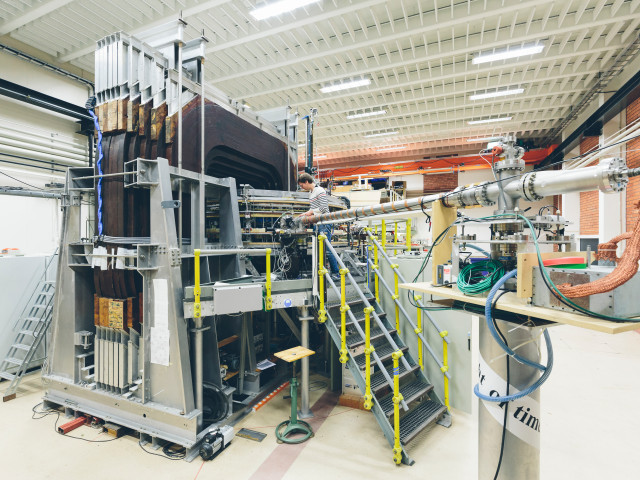Nanotechnology brings together knowledge and skill sets crucial to emerging technologies complementing backgrounds in physics, chemistry, materials science, electrical engineering, mechanical engineering, applied sciences, and chemical engineering. This course intends to provide advanced introduction discussing the paradigm shifts in the scientific frameworks from physics, chemistry, biology and materials sciences. The course will introduce underlying principles and applications of the emerging field of nanotechnology.
This course builds around relevant knowledge from classical disciplines of physics, chemistry and biology to provide a fundamental understanding of the multidisciplinary Nanotechnology field of study. The course aims provide sufficient knowledge to the learner in order to broadly understand and appreciate the scientific and technological developments in nanotechnology. During the course students are expected to acquire basic knowledge of the physical phenomena, theoretical concepts and experimental techniques behind the ability to observe, fabricate and manipulate individual structures in the nanometer scales. Another aim of the course is to familiarize with the trends of the top-down approaches of materials fabrication especially in microelectronics and micromechanics with the bottom-up approaches from chemistry/biology; a development that is creating new and exciting cross-disciplinary technologies. Introduction to the past achievements and the current cutting edge scientific and technology developments in the nano-world will be presented to demonstrate the far-reaching potential of nanoscience and industrial applications of nanotechnology considering the ethics and societal impacts. A final goal is to give you an insight into complete systems where nanotechnology can be used to improve our everyday life.
The course gives an introduction to quantum confinement effects in nanosolids in 0D, 1D, and 2D. Solution and vapor growth techniques of 1D-2D nanostructures.
